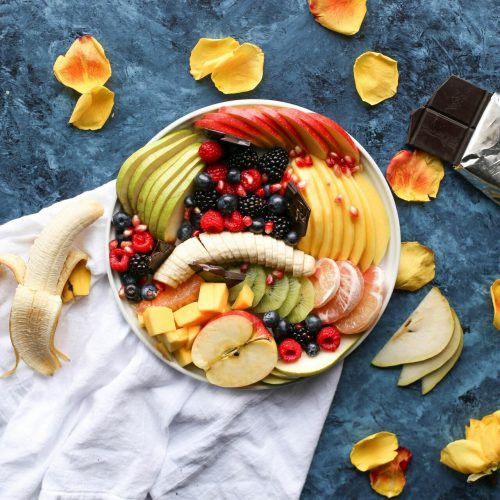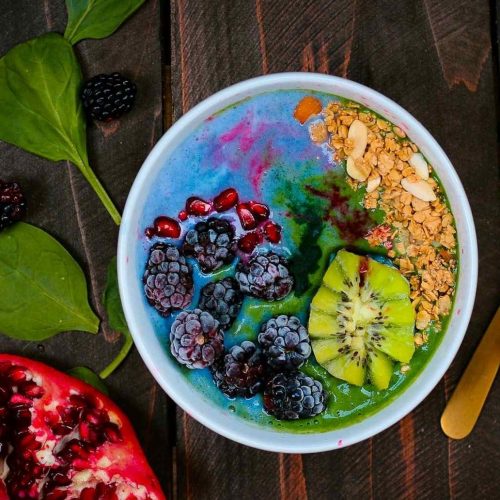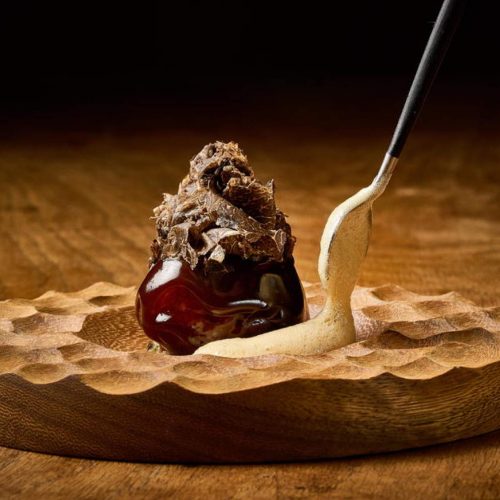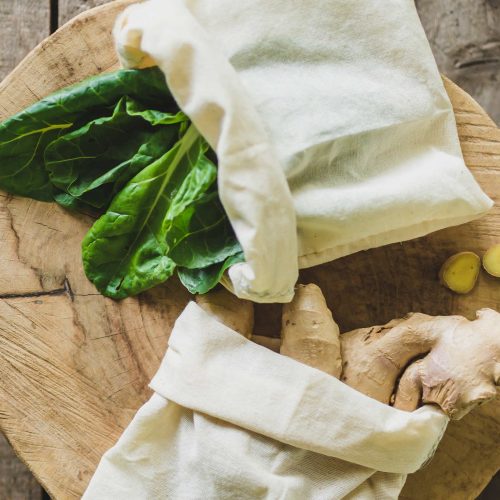Interview with Chef Marc Lepine on Molecular Gastronomy
We sat got the chance to ask Chef Marc Lepine of Atelier all about Molecular Gastronomy and the way in which he implements modernist techniques in his kitchen. Read about what he has to say here!
To receive the Luxiders newsletter, sign up here.
Chef Marc Lepine is Head Chef at Atelier restaurant located in Ottawa, Canada. In order to find out more about what molecular cuisine entails, we speak to Chef Lepine to get his expertise on the matter. He explains the benefits of molecular gastronomy techniques, sustainability in cooking, what is unique about Atelier, his introduction to molecular cuisine, and more.

LM - Luxiders Magazine
ML - Marc Lepine
LM: How would you explain what molecular gastronomy is to someone who had never heard of it?
ML: Well, though people do use that term to describe what we do, the nature of our cooking is more than that. I would say molecular gastronomy is a food manipulation thing, using a lot of the new food technology and powders that are available to transform the shape of food. Using some of the new techniques that people call ‘molecular cooking’, you can accomplish things in a different way, creating dishes that you can’t by any other means.
LM: What is your connection to molecular cuisine, and how and why did you start specialising in it?
ML: I kind of started on my own a little bit. Lots and lots of reading and trial and error was part of it! For me it’s just a natural step – any time something new comes along in food I find it very exciting. When I started studying food, I was taught that there are a set of ways to prepare things – although it is vast, it is also finite. After culinary school, there were just a lot of new techniques coming along all of a sudden. My view was why would I not incorporate those as well as everything I had learned, because the more techniques a chef has at his disposal, the more dynamic his cooking can be. I did also go to a brief Stage at a restaurant called ‘Alinea’ in Chicago, which is still one of the leaders in modernist style cooking today. Apart from that, I was really fortunate to hire some fantastic staff over the years who just know what they’re doing.
LM: How would you define your unique cooking style?
ML: I have very purposely set up my kitchen very differently than the ones I trained in when I was coming up. We don’t have any gas in the kitchen, for example. This was the first thing we did; we took out the gas lines from the previous restaurant that was here. I remember my business partner at the time saying, ‘Are you sure you don’t want to leave those in there just in case?’, and I was sure we didn’t need them. We set up a very different kitchen where everything was portable. We use single hob induction units that we could move around the kitchen as we need for the menu, the thermomixer, and lots of other cooking toys. A rotary evaporator, lots of dehydrators, and a cotton candy machine - just things that are fun to work with for chefs! More than anything I wanted it to be a place where people can come and just have fun working with these tools.
LM: At Atelier, what would you say is the most unique thing you’re doing?
ML: The menu itself is probably the most different thing that we’re doing. It’s a 44 course evening, so each guest gets 44 different plates of food. They range in size. We also have a restaurant app, so customers can scan and be told about each of the courses they’re eating. It is at their discretion whether they want to or not.
LM: How has your restaurant changed over the years?
ML: We’ve been here for thirteen and a half years. The first twelve years we were open we served a different menu; it was a 12 course menu - a little bit more of a standard kind of tasting menu. At the time we opened it was far from standard, there was nothing like it in town. People told me I was crazy to open this type of restaurant in Ottawa, but twelve years later there are a number of places in town with a similar sort of menu format. When the pandemic hit I wanted a moment to sit back and think. I thought it was time to push a little harder and do something a little crazier, updating to keep in the spirit of Atelier. So, we updated it to what we’re now doing with our 44 course menu.
LM: Why do you think you were faced with scepticism surrounding molecular cuisine before you opened Atelier, and do you find creating molecular dishes challenging?
ML: A lot of people were sceptical because it was Ottawa, and they would say, 'who would go out for a 12 course dinner on a Wednesday night in Ottawa'? But I was lucky to have fantastic staff that really believed in everything that we were doing and luckily it worked out well for us. The 44 course menu is being met with a lot more excitement. Of course, every time you’re learning something new, there’s a challenge involved. With these techniques, like I said, it’s a lot of trial and error.
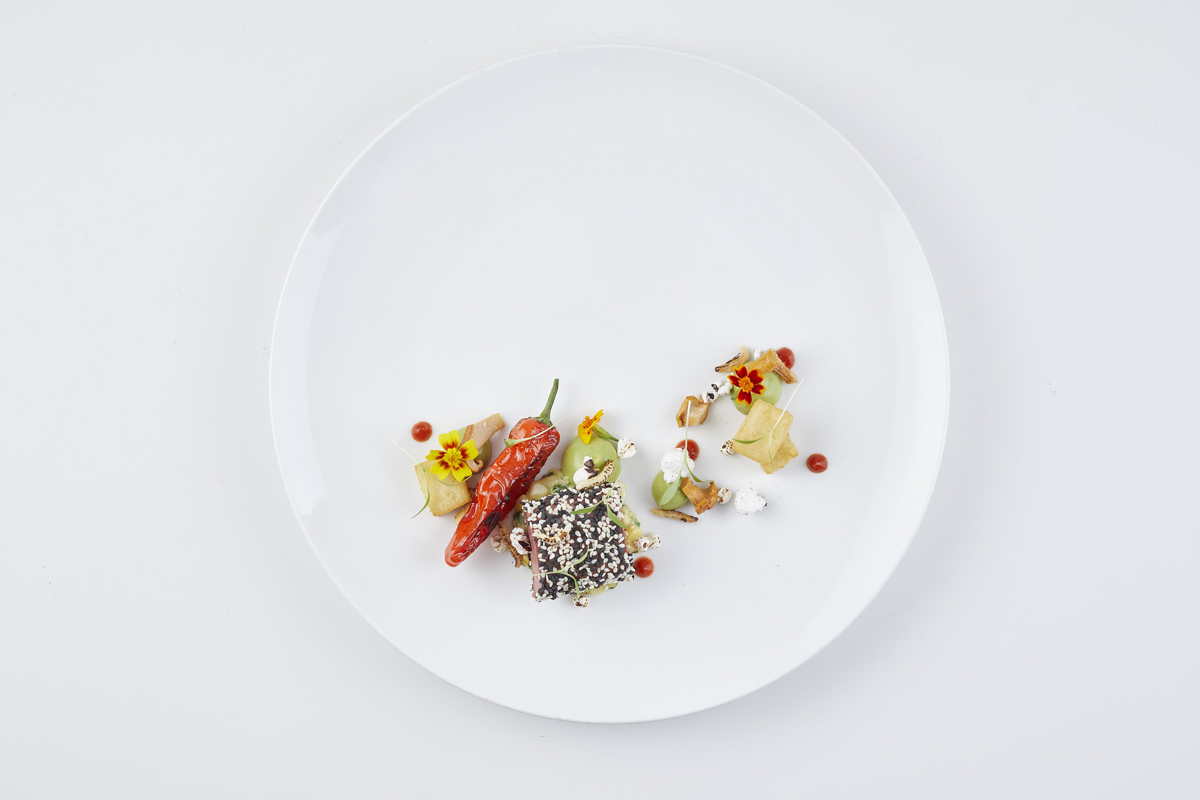
LM: What are some of your favourite molecular cuisine dishes to make, and what are menu items that you would recommend people try in your restaurant?
ML: Well firstly they don’t have any options, it’s a set menu for everyone. Everyone eats the same thing apart from allergies and dietary requirements. In terms of favourite courses, I really enjoy preparing all of them, it's like having to pick a favourite child! I think if I had to give you one that was more in the modernist vein, although the menu is changing over soon, we currently have a giant corn sphere on the menu that I love. It's got this salty, buttery, rich corn flavour, but it's a giant frozen hollow sphere. Guests crack into it when it comes to the table, and it breaks open like an egg. The top of it is dusted with a huitlacoche powder, which is the corn fungus - it has a sort of mushroom or truffle taste. I really enjoy preparing that one because it’s made by syringing some of the corn puree into a latex balloon, and the balloon is rolled around in liquid nitrogen until it's frozen all around into a sphere. When we send it out to the table, we peel the balloon off it and you’ve just got this perfect sort of hollow orb.
LM: How long would an average customer spend in Atelier enjoying these 44 courses?
ML: It ranges, but the average is about three to three and a half hours. Some people have finished it in under two hours, if they’re fast eaters and not overly interested in scanning for information on our app, or if they’re not doing the wine tastings that go alongside. Some people are here a little bit longer than four hours if they’re really taking their time and enjoying everything.
LM: Would you describe it as being more than a restaurant, like a dining experience?
ML: Yeah, well some people have described it as dinner and a show!
LM: What does the interactive element of Atelier entail, and how have people responded to that?
ML: People tend to love it and we love it too. It makes for a really fun dining experience. It's also something that I’ve not really come across, but there’s a whole bunch of courses that require guest interaction. I’ll give two examples. Firstly, there is a tartare dish – guests get a blank plate and a sharpie that has edible ink in it, and they have to choose whether they want a meat, plant, or fish tartare. To select which they would like, they have to doodle their interpretation of what they want and send it back to the kitchen! Another example is our spicy butternut squash soup, and this is served with what we call ‘nitro noodles’ made from a crab apple gel. We actually send a little container of liquid nitrogen down to the table and so guests have a bottle where they make the noodles themselves and then drop it in their soup. It’s probably one of the most enjoyable parts of the dining experience because most people don’t get to play with liquid nitrogen the way we do in our kitchen, so we thought of a way to send it out and let them experience it in a safe way.
LM: Does molecular cuisine work to solve any problems with the food industry, such as waste, emissions, or energy costs?
ML: That’s precisely what a lot of the new cooking technologies are accomplishing with reducing the amount of energy output. There are just so many new things to cook with now, my favourite example is the thermomixer which is about 20 or 30 different kitchen appliances in one little machine.
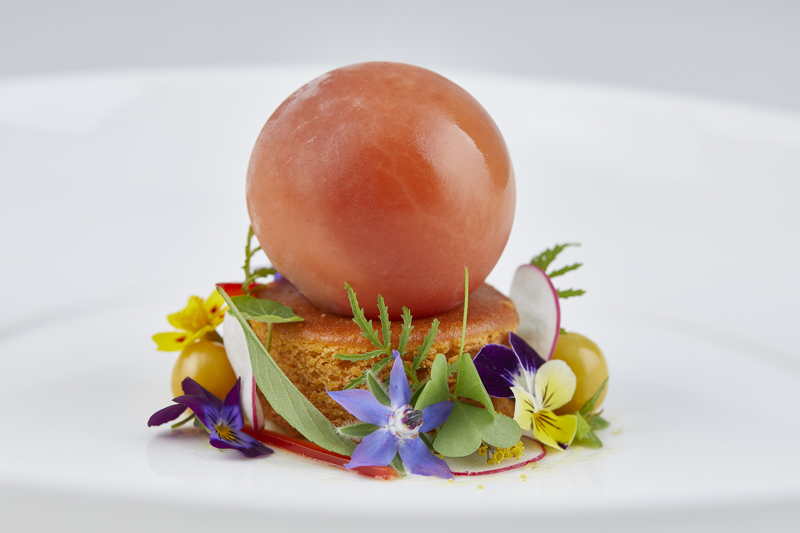

LM: We love to see that you have a garden attached to your restaurant! Could you tell us some more about the garden and how you make use of it?
ML: The garden is probably my favourite thing about the restaurant. To be honest, it is one of the main reasons we chose this location. We’re right in the middle of the city but we have a good size garden in the back, which is a very rare thing. It used to be a sort of backyard patio, but we ripped it up and planted a garden. That was probably the very first thing we did when we moved into the space in spring. Every year, apart from one when we did renovations to expand, we’ve had a garden which we use every single day during the growing season. It is very present on our menu. It’s important because being a chef and getting to work outside as part of your day every day in the summer is pretty special, but also you can’t compare the quality and the freshness of things that you can pick right before being put on a plate. There’s just no comparison. Especially when it comes to certain ingredients like edible flowers, the difference is just nuts.
LM: Was reducing transportation emissions a leading factor in your decision to incorporate the garden?
ML: It isn’t as big of a reason as you’d think, as in Ottawa we’re fortunate enough to have the most farms per capita out of every city in the country. This means we’ve got fantastic suppliers who drop off beautiful produce all summer long right at our door. When it comes down to it, I just really enjoy doing it myself. I love watching plants grow, understanding how they change over the course of the season, using the different parts. I think being able to use all the parts of the plant is very important. Take a radish for example, you can use the radish leaves, the seed pods when they come out, the radish itself of course, and the radish flowers. A lot of times you just can’t order all these different parts of a plant. It’s almost like a nose to tail philosophy for plants, you’ve got all these plants growing, and we use different parts of them as the season progresses.
LM: How do you incorporate these plants into your recipes? What is your favourite way of using these crops to create dishes?
ML: It is always changing I would say, because we don’t want to repeat dishes. What we’re doing is always moving forward and doing something different. So, if we’ve done something with a certain vegetable or herb from the backyard one season, we’ll look to do something different the next. But also, we try to preserve everything at the end of the year. We always grow a massive amount of lemon verbena which is probably my favourite herb in the world. Come September or October when it’s starting to get cold and about to die, we pick the entire bunch of lemon verbena and freeze dry it and turn it into a powder. This means we’ve got it all winter long as well.
LM: And finally, what do you see for the future of your restaurant? Do you currently have any plans for Atelier?
ML: Well, it’s just going really well right now! I typically don’t think too far ahead to the future. It’s hard to know what will change, but I’m always open and always looking to do something new.
Images: © Courtesy Atelier
Words:
Emma Dahl
Luxiders Magazine

